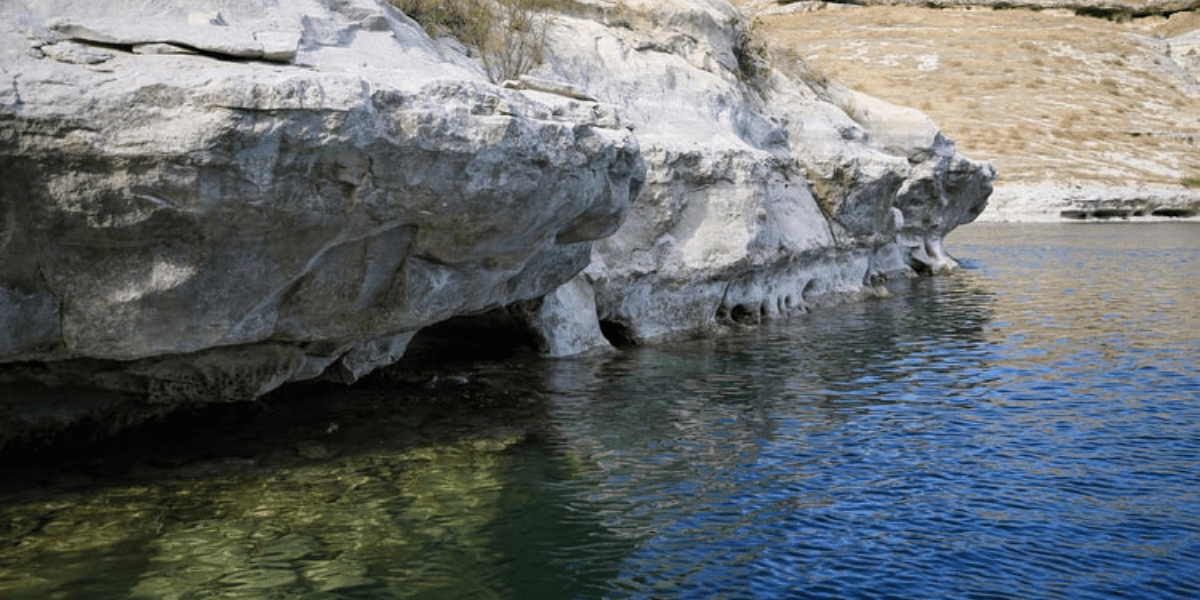
A 3,000-year-old settlement area has been discovered on the shores of the Atatürk Dam, which is built on the Euphrates River
A 3,000-year-old settlement area has been discovered on the shores of the Atatürk Dam, which is built on the Euphrates River in the Southeastern Anatolia Region. The Atatürk Dam was built between the provinces of Adıyaman and Şanlıurfa as part of the Southeastern Anatolia Project (GAP). The discovery of the settlement was made by the

A cylindrical seal from the Late Uruk period has been found in Diyarbakır
A cylinder seal from the Late Uruk Period has been discovered in ongoing excavations at Amida Mound, located in the center of Diyarbakır. Amida Mound, with its traces of continuous settlement for 8,000 years, houses the Artuklu Palace, where the world-renowned scientist Al-Jazari lived and the first robots were created. The archaeological excavations at Amida
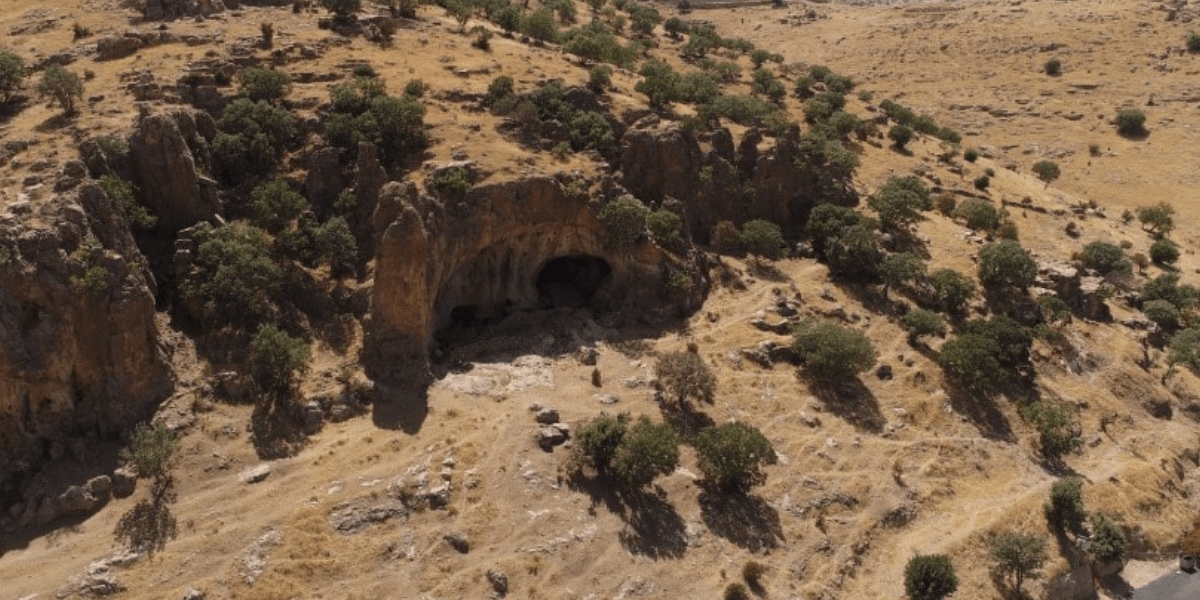
In a cave in southeastern Türkiye, traces of human life dating back 350,000 years have been discovered
In the Uluköy Cave located in the Gurs Valley of Mardin in southeastern Türkiye, traces of early human life believed to be 350,000 years old have been identified. The rescue excavations at Uluköy Cave are being conducted under the leadership of Associate Professor Dr. Ergül Kodaş. In the first season of the rescue excavations, findings
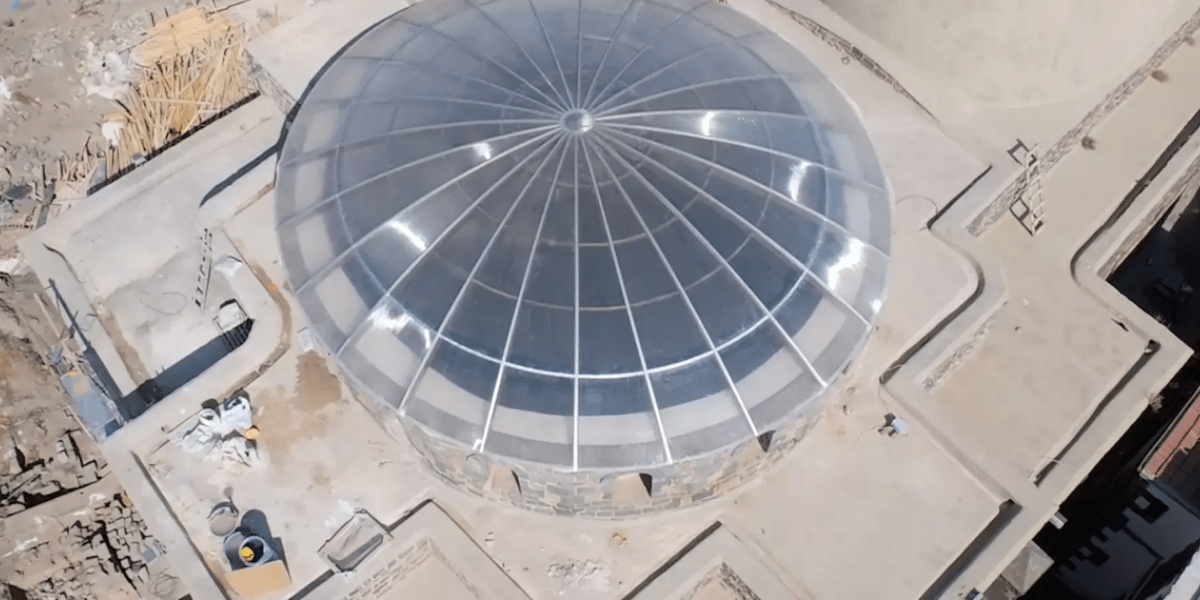
A dome has been constructed for the restored St. George Church in Diyarbakır
The dome of the 1,600-year-old St. George Church in Diyarbakır, which was heavily damaged in the recent major earthquakes in Kahramanmaraş, has been replaced. Originally built as a church of administration by the Romans 1,600 years ago, the St. George Church was restored in 2020. It is located in the northeastern corner of the historic
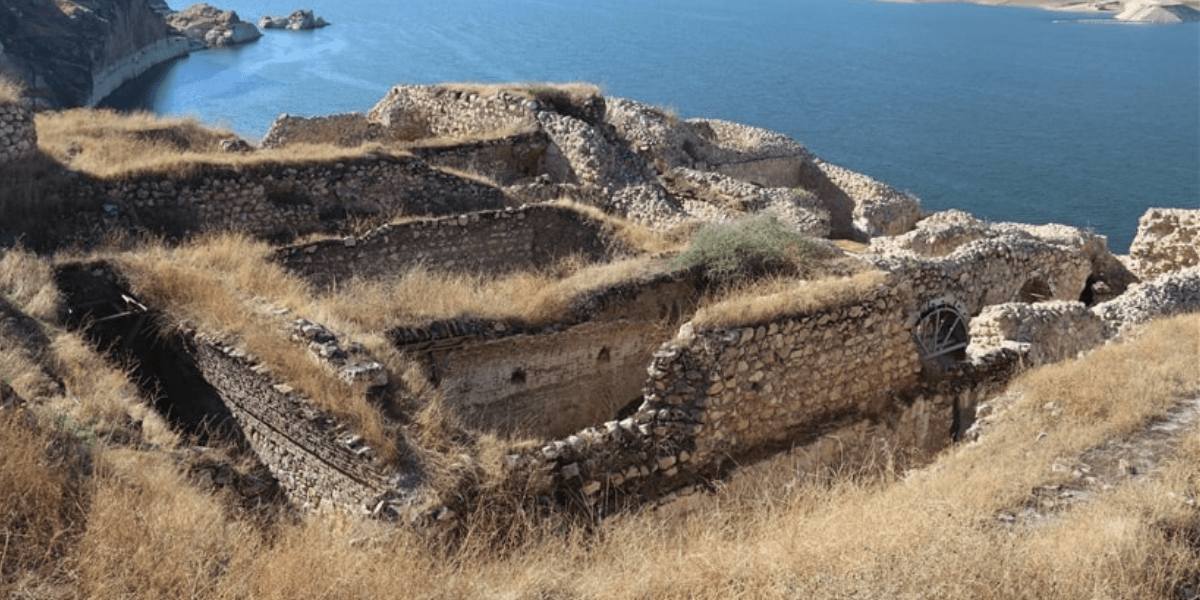
Remains of a 1,600-year-old Roman military structure discovered in Hasankeyf excavations
Remains of a 1,600-year-ld Roman military structure discovered in Hasankeyf, one of the earliest settlements in human history, located in Batman province in southeastern Türkiye. Archaeological excavations in Hasankeyf, which is separated by the Tigris River (Turkish: Dicle), indicate that human habitation in the region dates back to the 10th century BC. Excavations ongoing at
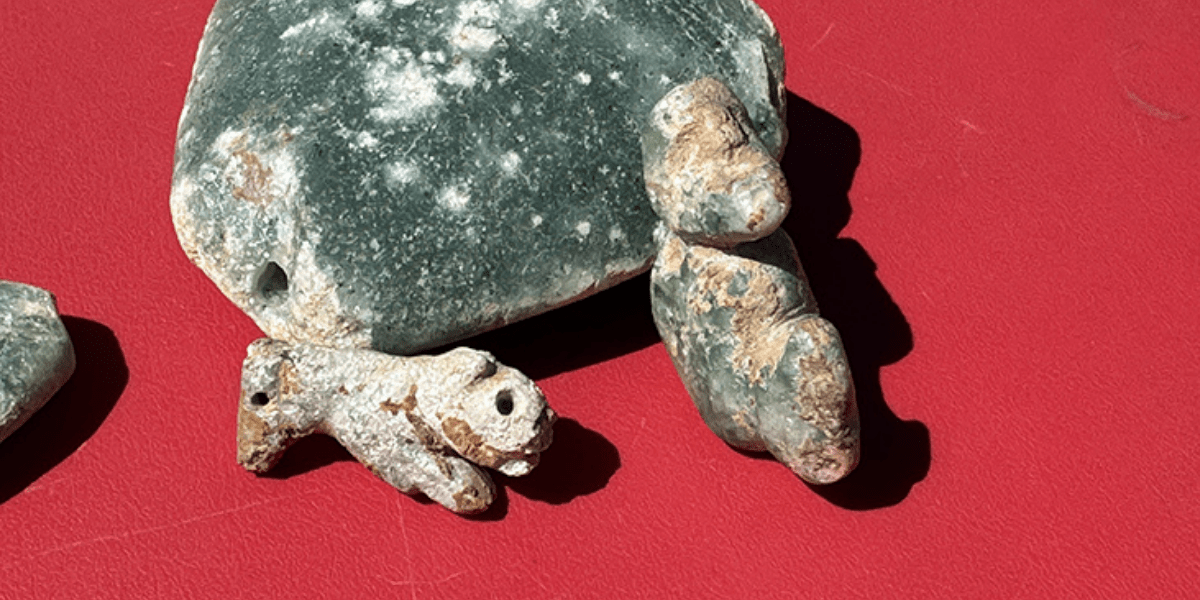
Two 10,000-year-old ornaments with leopard, vulture and human figures found in Sefertepe excavations
During the ongoing excavations at Sefertepe in Şanlıurfa, two ornaments, one with a leopard, the other with a vulture and human figures, dating back to approximately 10 thousand years ago, were discovered. The excavations at Sefertepe are being carried out within the scope of the “Stone Hills” project under the direction of Assoc. Prof. Dr.
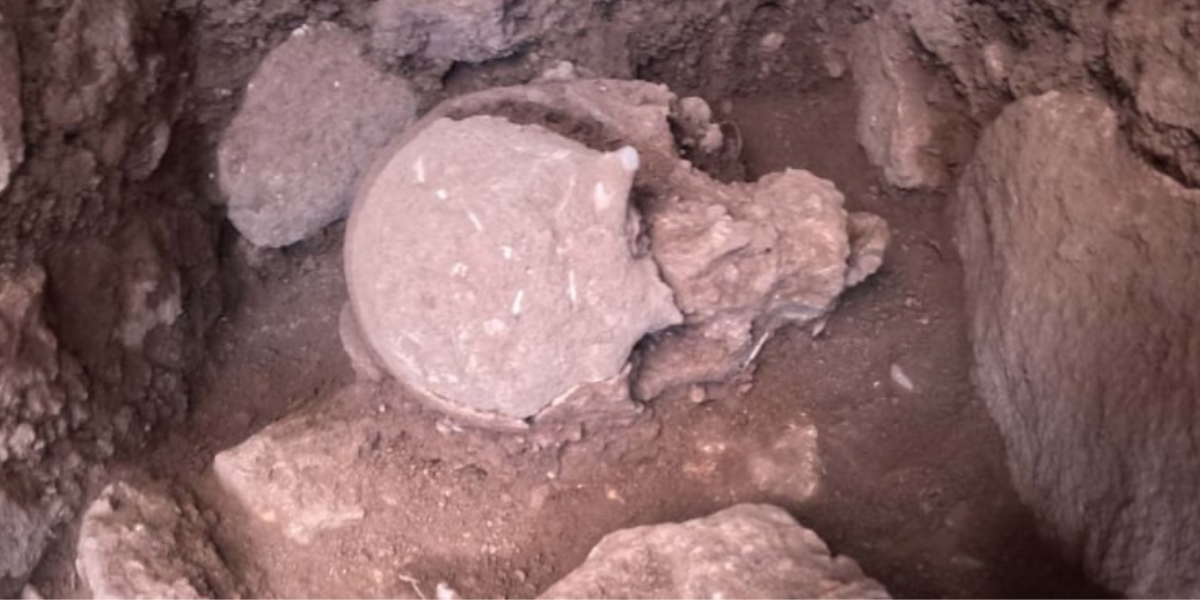
Neolithic human skull found in a niche at Sefertepe provides new insights into burial customs
The Neolithic human skull discovered during the ongoing archaeological excavations at Sefertepe within the scope of the Stone Hills Project (Turkish: Taş Tepeler Projesi) provides new information about burial traditions. Sefertepe is an important settlement from the Pottery-Free Neolithic Period located in the Viranşehir district of Şanlıurfa in southeastern Türkiye. Sefertepe provides important information about
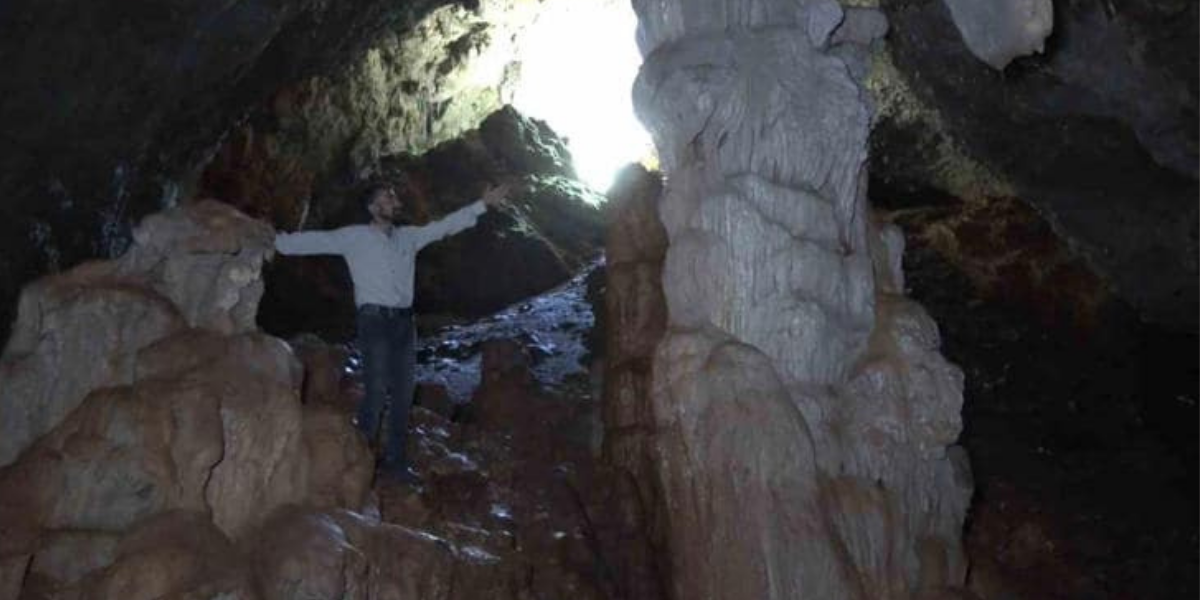
Shepherds discovered a cave with stalactites and stalagmites formed over millions of years
Shepherds discovered a new cave with stalactites and stalagmites formed ‘drop by drop’ over millions of years by water mixed with magnesium and calcium. The discovered cave is located within the borders of Gümüşkaşık village in the Gerger district of Adıyaman in southeastern Türkiye. The cave with stalactites and stalagmites formed over millions of years
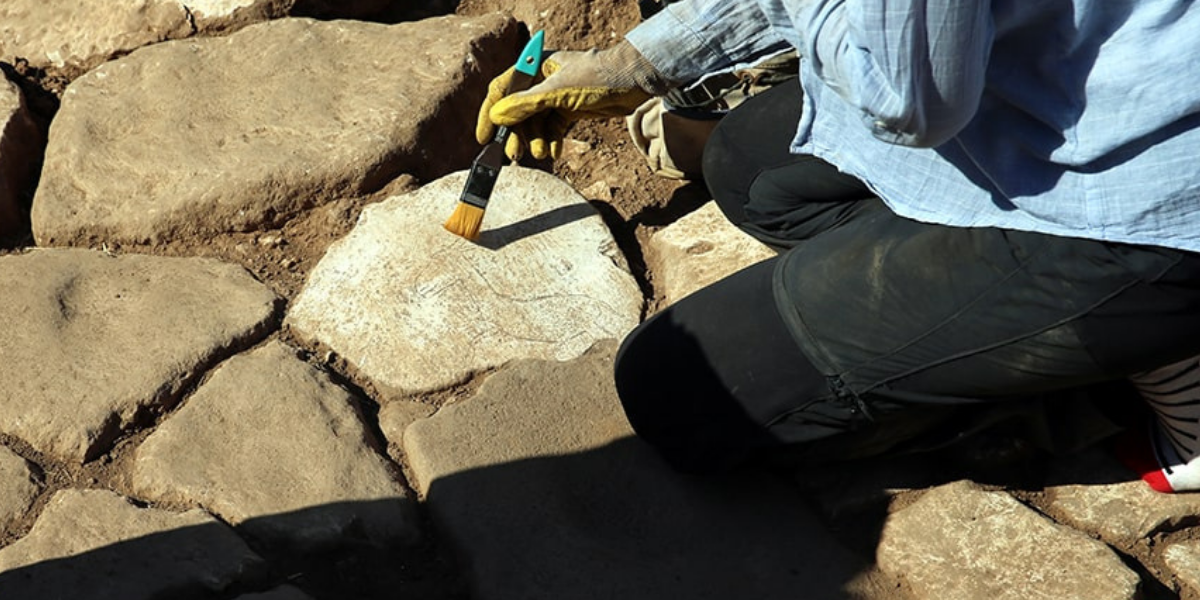
Running wild donkey figure carved into the ground stone discovered in Karahantepe
In Karahantepe, a Neolithic settlement with a history of approximately 12,000 years, a figure of a running wild donkey carved on stone was unearthed. Karahantepe is considered to be an important turning point in humanity’s transition to settled life As in Göbeklitepe, T-shaped obelisks were also found in Karahantepe. These obelisks provide important information about
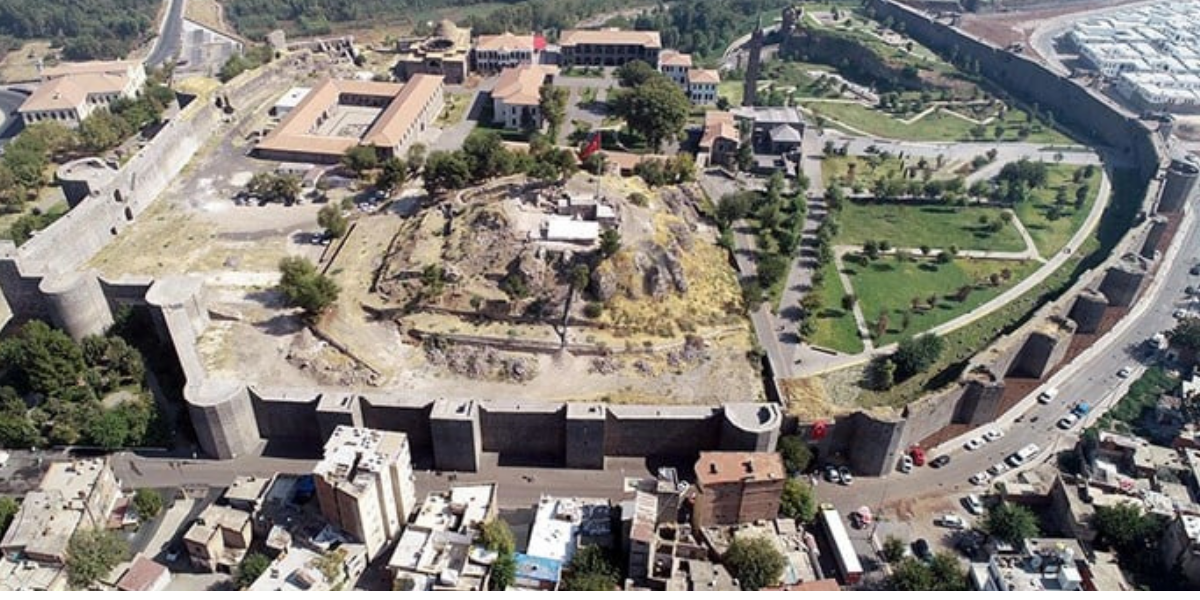
9,000-year-old Amida mound burned 3 times in history
It was confirmed by the analysis that the Amida mound, which has been a continuous settlement center for about 9,000 years, was burned 3 times in history. Amida mound is located northwest of the Sahaba Tombs at the Palace Gate (İçkale) in the central Sur district of Diyarbakır. Excavations at Amida mound, which has been
